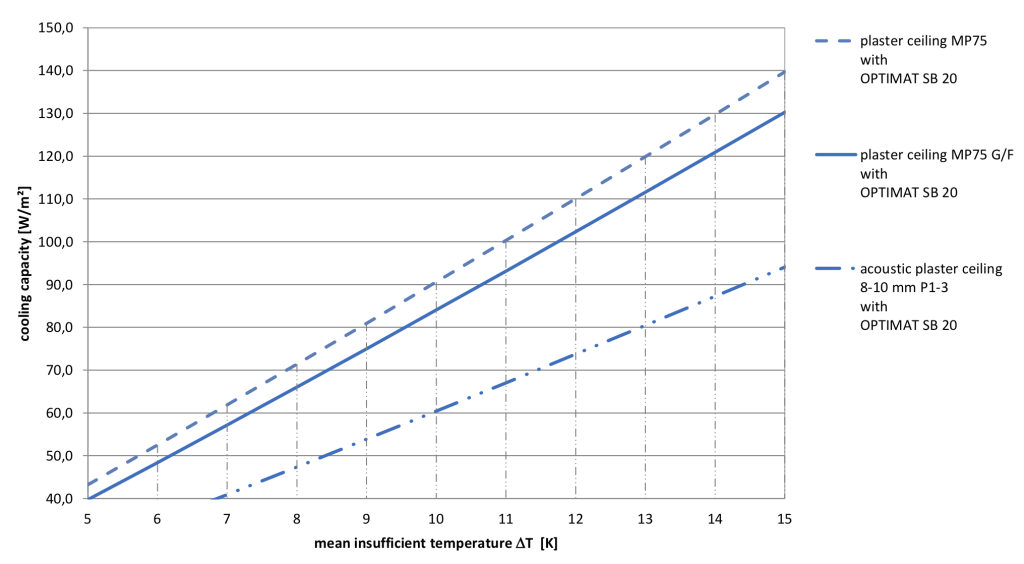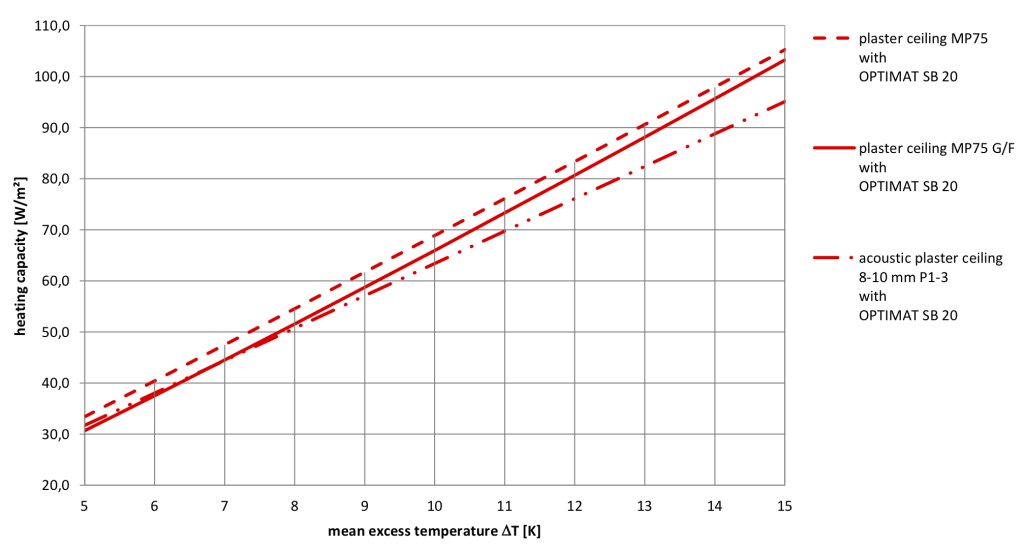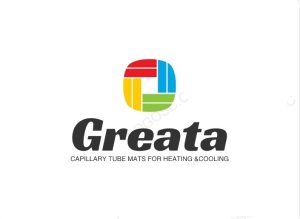Capillary Tube Mat the radiant save energy

Capillary tube mats are used for radiant heating, where hot water is circulated through the tubes to provide heat to a space.
The heat from the mat is transferred through radiation, which is a more efficient way of heating compared to other methods like convection.
This means that less energy is required to achieve the desired temperature in a room, leading to energy savings.
Additionally, radiant heating can provide a more comfortable and even heat distribution, reducing the need for additional heating sources and further saving energy.
Greata capillary tube mats SYSTEM DESCRIPTION
Design
The capillary tube mats are plastered underneath a suspended gypsum board ceiling. On the visible side, a closed, jointless plaster ceiling is created for the dissipation or supply of sensitive heat loads. The water circulates noiselessly in the capillary tube mats and regulates the room temperature largely by radiation, partly by convection.
Capillary tube mat
The greata capillary tube specification SB 20.00 mat is recommended for this design.
Length & Width
The capillary tube mats are custom-made in length and width for each project. On the construction site the mat distributor pipes are connected to each other by heating element socket welding. This is a secure, non-detachable connection.
Hydraulic connection
Mat distributor pipes and supply lines are accommodated in the void of the suspended ceiling. The capillary tube mats, welded together to a hydraulic circuit, are connected to the supply and return lines.
Of course, the ceiling void can also be used for further installations.
Mounting
The capillary tube mats run through a slot in the gypsum board to the room side and are attached there with stainless steel clips or galvanized staples.
Lamps & Ventilation
Larger openings must be considered in the planning phase. Up to approx. 100 mm, openings can also be realised during the construction phase by simply pulling the capillary tubes apart.
Plaster
All commercially available plasters such as gypsum, lime, cement or acoustic plaster are suitable. For example, they are applied using the spraying method up to a plaster layer thickness of 20 mm.
Regulation
The system can be regulated room-by-room.
Fields of application
Suitable for all types of buildings, such as office buildings, residential buildings, hotels, etc., whether new construction or renovation.
RECOMMENDED CAPILLARY TUBE MAT
The OPTIMAT SB 20.00 consists of 2 round mat distributor pipes (20 x 2,0 mm) and capillary tubes
(4,3 x 0,8 mm).
The constant distance between the capillary tubes (centre-to-centre distance) is 20 mm and is guaranteed by the omega ribbons.
Special features
- high mechanical resilience
- low pressure loss
- good venting
TO THE CAPILLARY TUBE MAT OPTIMAT

ADVANTAGES
Cooling and heating with one system
In most buildings, the heat requirement to be covered is so low due to the well-insulated building envelope that capillary tube mats invisibly integrated into the ceiling not only provide excellent cooling in the summer, but can also be used to heat very comfortably and energy-efficient in the cold season.
High performance and dynamics
Due to the capillary tubes completely enclosed by the plaster, a large-area heat conduction is achieved. The near-surface layer with a low plaster coverage ensures a fast response. This design allows a maximum degree of activation of the ceiling.
Best price/performance ratio
The use of large-sized capillary tube mats reduces the installation effort. The usual plaster layer thickness is not affected by the capillary tube mat. There are no additional costs for material.
Very low installation height
A complete embedding of the capillary tubes is achieved with a plaster layer thickness of 10-15 mm. The mat distributor pipes and supply lines are placed in the ceiling void.
Very flexible
This design can be adapted to all spatial conditions, e.g. also to spaces with vaults and archs.
Individual room control
The temperature can be regulated room-by-room.
Better than component activation
The plaster ceiling convinces with significantly higher dynamics, performance and surface quality.
VALUES
| HEATING CAPACITYaccording to DIN EN 14037/5 | COOLING CAPACITYaccording to DIN EN 14240 | ACOUSTICS |
| 105,3 W/m² (MP 75) ΔT = 15 K, active mat surface | 90,6 W/m² (MP 75) ΔT = 10 K, active mat surface | weighted sound apsorption coefficient according to plaster manufacturer‘s specifications |
| INSTALLATION HIGHT: (without mat distributor pipe and supply lines) 10-15 mm in plaster | SYSTEM WEIGHT: (filled with water) 750 g/m² plus gypsum board ceiling + plaster | PRESSURE STAGE: PN 10 |



